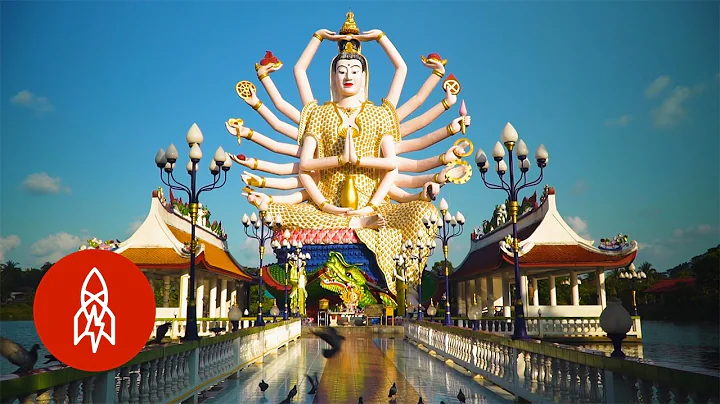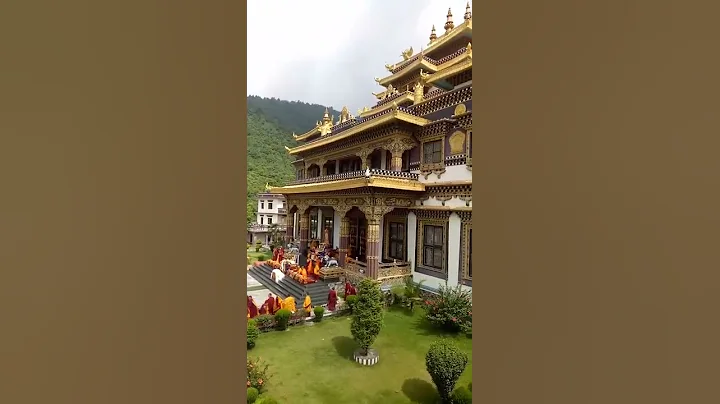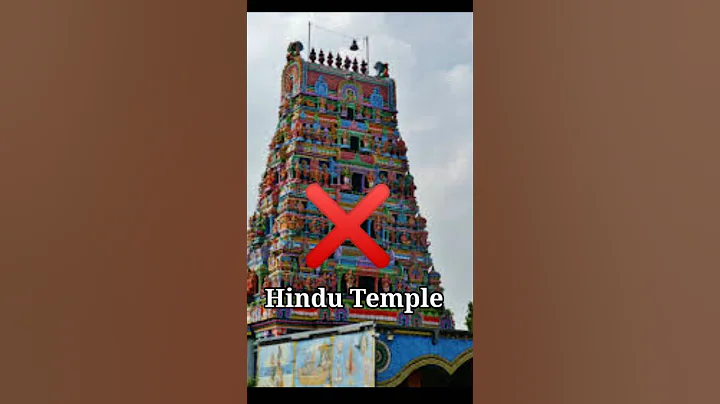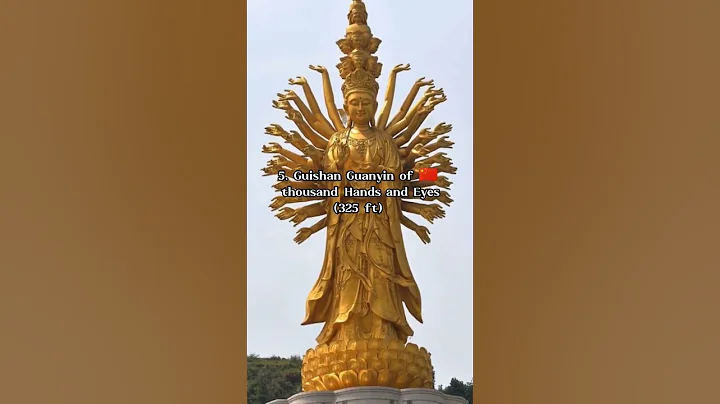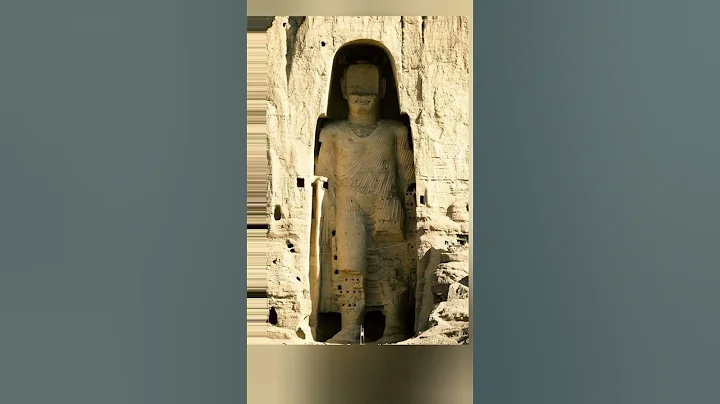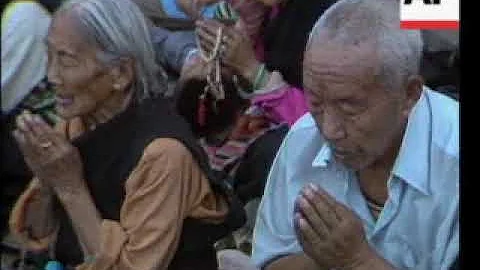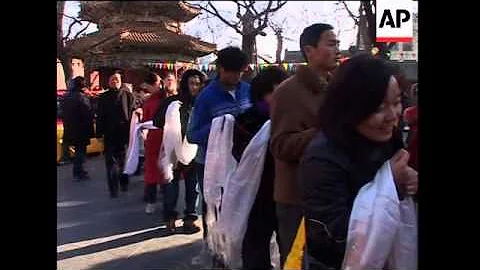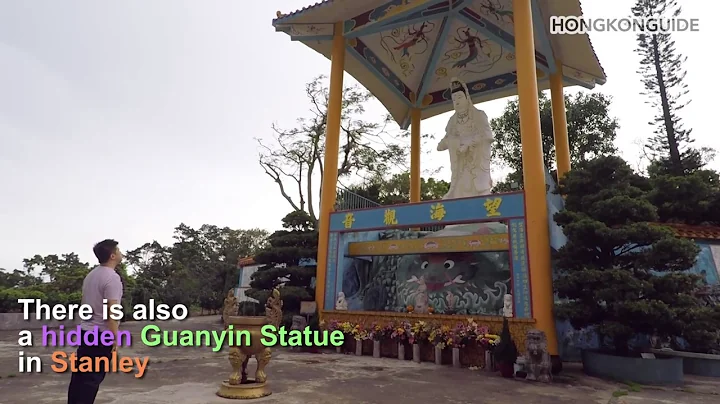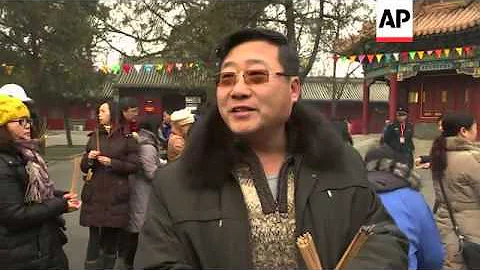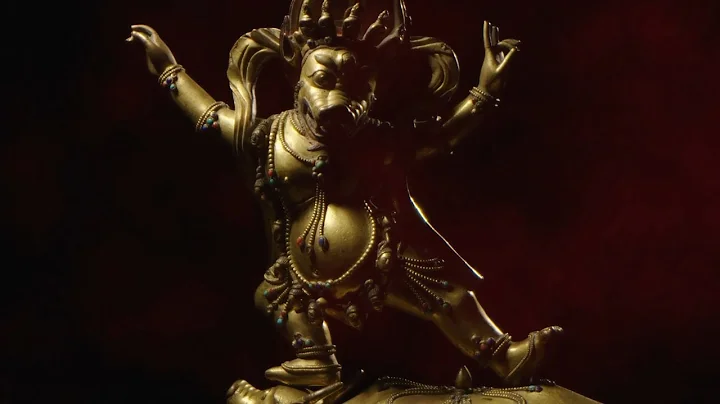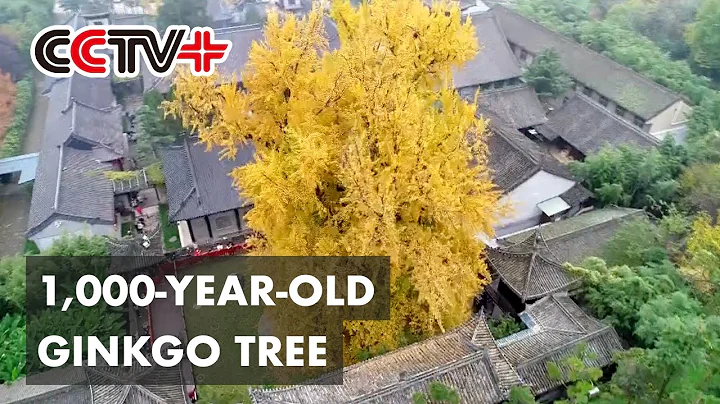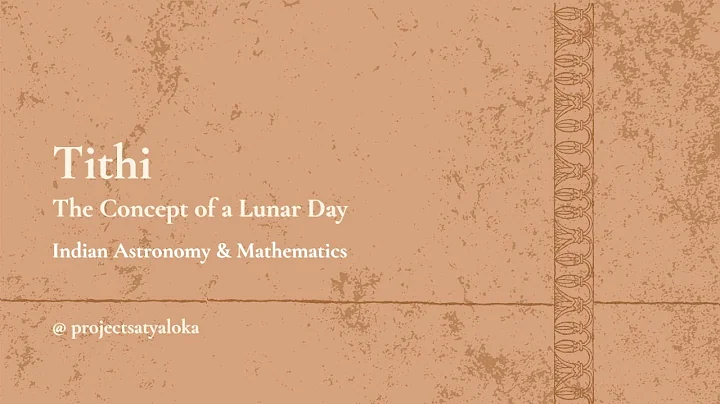
The picture shows the once glorious Shousheng Temple (called the big temple in our local area) that is now in decline and decay. The main hall building is the largest in Fenzhou area. The picture shows the main hall and the west side hall.
Shousheng Temple in Fenyang Yanwu Town, our local people It's called a big temple. The overall area is approximately more than 100 acres, located in the northeast of Yanwu Ancient Town.

Plan plan of ancient buildings in Yanwu Town
It is adjacent to the original Tudui Temple in Zhaoxian Village across a road to the east (about 100 meters long, now destroyed).
The distance to the south from the former Wei Wenhou Temple (remarks) is about a hundred meters.
It is said that there was a cave under the Buddha statue in the main hall of the temple that led to Zixia Temple in the southeast direction of Yanwu. The two temples are about 1,000 meters apart. The hole is now blocked.
The temple building is divided into several areas. The northwest is the temple area, and the right side has the Zhaifangyuan, Sutra Collection Building and other buildings.
The east and north are supporting lands, and the south is the square.
The main building of the temple is divided into three courtyards. The temple building has a mountain gate, front hall, middle hall and main hall from south to north on the central axis.
The main building of the temple is the main hall, also called the main hall, the back hall, and some people call it the Main Hall.
The main hall has a structure suspended from the top of a mountain, with slopes on both sides. The roof of the hall is covered with glazed tiles, which were originally the decoration in the center of the ridge; the ridge brake is magnificent and graceful in shape, and there are owl tail components at both ends of the main ridge (now destroyed).
The main hall has five large bays, with a depth of about ten meters. The ingenious wooden structure has huge brackets and far-reaching eaves. The wooden structure of the main hall includes columns, beams, rafters, pads, brackets, brackets, rafters, viewing boards and other components. It is solemn and solemn with carved beams and painted ridges.
In each hall, there are statues of different shapes, exquisitely made, and beautiful. The sculptures are so vivid that they look like a smile to the world.
Moreover, there are exquisite murals on the walls of the main hall, as well as information about the benefactors, the abbot of the temple, the producers of the murals, etc. (it is difficult to see clearly because of the age).
The entire temple building scale, main hall volume, and overall area are among the best in the Laofenzhou area.
The nave has three large bays and is also a suspended mountain roof structure. It has slopes on both sides and is more than ten meters deep. It is also carved with carved beams and painted pillars.
The mountain gate and front hall buildings have long been destroyed, leaving no trace.
It turns out that the sculptures in the main hall include Tathagata Buddha statues, etc., and other halls have statues of the Four Heavenly Kings, Gu Gu, and Nezha. There is also a vertical wall in front of the main hall.
In other side halls, there are statues of and eighteen Arhats and .
In the late 1950s, after the temple was converted into a cotton processing factory (Yanwu Cotton Station), many ancient buildings in the temple were destroyed. Many, many beautiful statues of gods with different shapes, exquisite craftsmanship, etc. have all been destroyed. It is really sad and extremely regretful.
The great temple was very popular during the Ming and Qing Dynasties. On the relief tablet of Yanwu Town in April of the 16th year of Xianfeng in the Qing Dynasty, it was engraved that Yanwu Shousheng Temple donated 100 taels of silver. At that time, the abbot of the temple was He Xiu. In the 1950s, there were still monks and abbots in the temple; two short and capable monks, one named Dingfu and the other named Dingzhen.
Dasi became a Yanwu cotton processing factory in the 1960s, called Yanwu Cotton Station. The cotton station has always been responsible for the purchase, processing and transportation of cotton in 33 natural villages in two towns, Yanwu Town and Xiaojiazhuang Township. The station has cotton purchasing, processing workshops and office and living facilities. It includes 30 ginning workshops, delinting workshops, and packaging workshops; 28 grading and settlement offices; and more than 40 seed cotton warehouses, lint warehouses, and material warehouses. In addition, there are dozens of acres of land in the northeast to grow crops and vegetables. After the reform and opening up, the Cotton Station also took stock of the situation and opened a mill in the west. Chen Kailu from Xibaozhuang, who worked at the Yanwu Cotton Station, processed grain for the people, and his son repaired people's motorcycles there.
However, such a majestic ancient temple complex has written records in the local county annals and other texts.
The author is also from the local village, but I have never paid attention to it before.
It wasn’t until I took some time off due to colon cancer and wrote my documentary autobiographical rural memoir "Grassroots Spring and Autumn", which involved some local cultural and ancient buildings, that I slowly started to pay attention to the ancient town of Shousheng Temple.
And some time ago, I conducted an on-site inspection to learn about the current situation of Shousheng Temple. I took some pictures of the current situation of the temple building with my mobile phone. I found that the current situation cannot be rushed. The current situation is very critical. needs urgent rescue. If the rescue and protection are not timely, I am afraid that If there is another heavy rain this year, the murals in the hall and even the entire hall building will be destroyed! ! !
By taking some information on the beams of the main hall with a mobile phone, we can get several pieces of information:
1. Shousheng Temple (big temple): The original construction age is unknown. However, according to the records on the beams of the main hall, the monument was rebuilt on February 14th in the third year of Zhizheng. In other words, the main hall of the temple was built at least three years ago.
It is exactly the year name of Yuan Dynasty Yuan Hui Emperor Bo'er Jijin·Tuohuantiemu'er . The third year of Zhengzheng was 1343. In other words, it has been 681 years since the main hall of the temple was rebuilt. The original buildings must have been much earlier than this era.
2. According to the records on the beams of the main hall, the main hall was later rebuilt four times.
xx was rebuilt in April of the fifth year of You.
Hongwu of the Ming Dynasty was rebuilt on July 17.
Zhengde was rebuilt on April 16, the 13th year.
Jiajing was rebuilt on July 10, 10th year.
3. The beams of the main hall record information about the reconstruction, the rebuilding craftsmen, and the donations from donors.
4. There are also information on building repairs, donations and donors on the beams of the nave.
However, because the mobile phone photography is not so clear, a lot of information is still not clear.
Therefore, its related text records and pictures still need to be investigated and demonstrated by relevant departments.
According to the current abbot, Mr. Li Fayuan, during this period, ancient architecture experts from Beijing came to inspect the main hall of Yanwu Shousheng Temple (big temple). They worked tirelessly on high ladders and roof beams to examine and interpret word by word. According to the inspection results, it is said that the ancient building Yanwu Shousheng Temple was originally built in a period that was earlier than some ancient buildings in the middle of the Jinci Temple in Taiyuan ( Jinci Temple, located in Jinci Town, Jinyuan District, Taiyuan City, Shanxi Province, formerly known as Jinwang Temple, originally named Tang Shuyu Temple, was to commemorate the founding princes of Jin Kingdom Tang Shuyu (later posthumously named King of Jin) and his mother, Yi Jiang The construction period in ) was even earlier.
Below are some pictures of the current situation of Yanwu Shousheng Temple (big temple).

The picture shows the west wall of the main hall of the main hall

The northwest corner of the main hall of the main hall and the current presiding officer, Mr. Li Fayuan

The front wall of the main hall of the main hall
The wall in front of the main hall of the main hall was demolished and rebuilt after the front wall of the original main hall was demolished in the 1950s when the main hall was converted into Yanwu Cotton Processing Factory.

The wooden structure of the main hall with carved beams and painted beams

The wooden structure of the main hall

The inside view of the main hall

The wooden structure of the brackets on the wall of the front hall

The huge wooden structure of the brackets on the wall in front of the main hall

The wooden structure of the brackets in the main hall

Ingenious wooden structure

Inside the main hall A huge wooden structure Dougong

Internet picture A huge wooden structure Dougong

Internet picture An owl on the roof ridge

Internet picture A ridge brake in the center of the roof

Internet picture Roof · Central ridge brake

Internet picture An owl on both ends of the roof

fourteen Pine wood with a diameter of about 40 centimeters (whether it is pine wood) supports the huge main hall.

Records about the construction and reconstruction years on the beams of the main hall

Information about donations from donors are recorded on the beams of the main hall

The words Fenyang Yanwu are recorded on the beams of the main hall

The beams of the main hall record information about the abbots and monks of the temple at that time.

The beams of the main hall record the construction period

The murals in the main hall

The murals in the main hall

The murals in the main hall

The murals in the main hall

The murals in the main hall

The murals in the main hall

are about to collapse The north roof of the main hall

The back wall of the main hall and the north roof are about to collapse

The five-room west hall

Glazed tiles and building components

Building components scattered in the yard

The middle hall of the main temple (also called the cross hall, the second hall)

Hall (also called Guodian)

Picture of the west side of the middle hall

A building on the north side of the middle hall (whether it is a vertical wall in front of the hall or a facility for cotton processing at the later cotton station)

Inside the middle hall

There are also records of the construction age and history on both sides of the middle hall. Donor and other information
(Remarks) Wei Wenhou Temple; it is said to be a temple built in Liang Dynasty (502-557). There are iron men and iron Buddhas in the temple.
It is said that our ancient town of Yanwu was recorded in during the Warring States Period in BC.
The time goes back to a winter in the late Qing Dynasty. According to the custom of watering the fields in winter, the fields were usually flooded with floods at that time. This year, when the water poured into the ground, when the water flowed to the north of the village in Yanwu Town and to the south of Yanwu Shousheng Temple (called the big temple in our local area), the water suddenly penetrated into the ground. It took a lot of time to fill it up with a lot of water.
During the collectivization of the last century, that was the land owned by our production team. We often worked and farmed there, and we have a deep understanding of it. Although our production team has leveled and prepared the land many times in that area, the land is still low-lying because the terrain is too low. It is very difficult to water the ground every year. The bottom areas are filled with water as soon as water comes up, but the high areas cannot get water for a long time. However, in flood years, the crops there are drowned early. I still remember the scene of fishing for sorghum in that land during those flood years. Sorghum could be grown in that area because sorghum is relatively resistant to drought and floods.
The house my family built in 1980 is slightly north of there. At that time, people were approved to build houses, but no one wanted that place because the terrain was too low and it was a waste of earth. But that site has now been covered with houses.
After the ground was watered that year, people felt strange and curious, so they gathered together to excavate it. This discovery greatly exceeded people's expectations. It turned out that this place was buried by history for more than two thousand years. The Wei Wenhou Temple of the Warring States Period was then revealed. It opened up an old story that has long been buried in the dust of history.
From the excavated inscriptions (I don’t know where the stele has gone), it is recorded that the ancient town of Yanwu was in the Warring States Period (475-221) more than 2,000 years ago, when the three families were divided into the Jin Dynasty and the Wei Kingdom. Wei Wenhou (remarks) There are records in the period. Wei Wenhou; surnamed Ji, given name Si, reigned from 424 BC to 403 BC.
According to legend, the martial arts village was the martial arts hall established by Wei Wenhou at that time in order to defend against Han and Zhao to guard the country and recruit people who wanted to learn martial arts. The adjacent Village of Talent Recruitment, which is closely related to each other, was the Talent Recruitment Pavilion established by Wei Wenhou at that time in order to defend against Han and Zhao to guard the country. It recruited talents and selected talents to govern the country.
The legacy of history continued, and the formation of Yanwu Town and Zhaoxian Village (it is said that our Yanwu ancient town...it took a lot of water to fill it, and after the land was irrigated that year...it selected good talents for governing the country. These two This paragraph is quoted from Mr. Li Bingzhang's "Records of the Unearthed Shou Buddha Statues of the Northern Wei Dynasty in Angu Village" by Mr. Li Bingzhang of Angu Village, Pingyao).
Mr. Lu Shihong, a current scholar in Fenyang, also recorded this in his new book "Fen Petition to the Ancients": "PingyaoMr. Li Bingzhang's "Record of Unearthed Shou Buddha Statues in the Northern Wei Dynasty in Angu Village" mentioned: 'The original west entrance of Zhaoxian Village in Fenyang Wei Wenhou Temple, according to legend, Wei Wenhou recruited talents here, hence its name. '" In the early Republic of China, after recruiting talents, several iron-seated Buddhas were placed in the east wing of the temple. The author has witnessed it. According to old people, the Iron Buddha was taken out of the sunken Wenhou Temple and was only used during the steel smelting in the late 1950s. The relics were annihilated again, leaving only memories. To show the future, I left a paragraph (Mr. Lu Shihong, a current scholar in Fenyang... This paragraph leads to Zhaoxian Village. Mr. Guo Shulu, who works at Taiyuan Electric Power School, published it in the first issue of Fenzhou Township in 2012 "Zhaoxian Village, Yanwu The history of the town! 》).
It can be seen from the above records that the Talent Recruitment Village was established by Wei Wenhou at that time in order to defend against Han and Zhao to guard the country. The Yanwu Village was established by Wei Wenhou at that time in order to recruit people who wanted to learn martial arts. In the martial arts performance hall, generals and good soldiers are trained. However, Wei, Han, Zhao and other Qi, Chu, and Yan among the seven heroes of the Warring States Period were successively destroyed by the powerful Qin State, and Qin Shihuang unified the world. The legacy of history continued, and two adjacent and independent villages were formed: Zhaoxian and Yanwu. The Zhaoxian Hall became a village, and the Yanwu Hall became a town.
Therefore, some local people say that there was a recruitment hall first and a martial arts performance hall later. In other words, there was Zhaoxian Village first, and Yanwu Town later. Moreover, although the two villages are closely related to each other, they are only a stone's throw away and within easy reach. However, since ancient times, Zhaoxian Village has been under the jurisdiction of Pingyao County, while Yanwu Town has been under the jurisdiction of Fenyang County, but both counties have been under the jurisdiction of Fenzhou Prefecture. It was not until the liberation of New China that Zhaoxian Village was placed under Fenyang County. Now, the two villages have been intertwined with each other and cannot be distinguished from each other.




